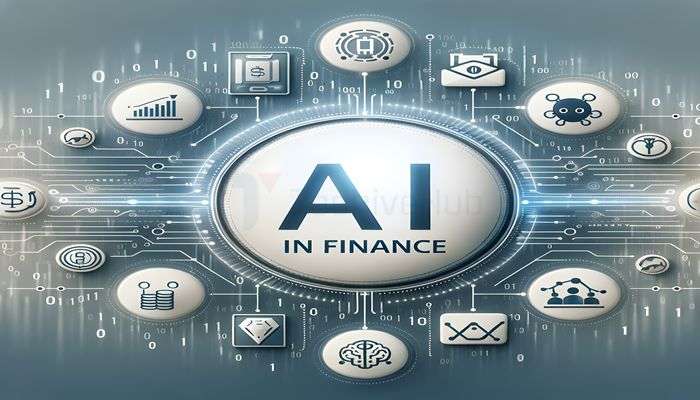Introduction
Finance is shifting. AI sits at the core of it. The industry doesn’t look the same, not even close. AI doesn’t make speeches or hold press conferences. It does the work, and it’s changing finance as we know it. Tasks once tangled in red tape and complications? AI cuts through them clean. It sharpens how we deal with customers and doesn’t stop there.
Today, I’ll walk you through how AI is already shaping the pillars of finance—banking, risk management, and fraud detection. These aren’t just ideas on paper; AI is a force on the ground. Banks are faster. Risks are better managed. Fraud? Less of it gets through.
Maybe you’re a banker. Maybe you’re deep in risk. Or maybe you’re just curious. Doesn’t matter. AI isn’t science fiction. It’s already running numbers, flagging threats, and getting results. What matters is how fast this change is coming, and whether you’re ready.
This is for everyone in finance who wants to stay sharp. Whether you’re new or you’ve been at it for years, you’ve got to know what’s next. Today, that’s AI, and if you’re not paying attention, you’re already behind.
You can read more about how AI transforms Healthcare, Finance, Education.
Table of Contents
AI in Finance: Transforming Banking Operations
AI in banking is a seismic shift, the kind that reshapes landscapes. It doesn’t happen quietly. It’s loud, like a wave crashing on the shore, and it’s changed everything—from how banks talk to their customers, to how they think about risk, and even how they keep the lights on.
Enhancing Customer Service with AI in Finance
Walk into a bank today, and chances are you won’t see a teller. You’ll see a screen. Ask a question, and it’s not a human being who answers—it’s a chatbot. These AI-powered assistants never sleep. They handle your queries at 2 a.m. just as easily as they do at noon. They know your name, remember your last transaction, and are as efficient as they are emotionless. But that’s the point: speed, accuracy, and convenience. The lines at the bank? They’re not just shorter—they’re disappearing.
For banks, it’s a cost-cutting dream. Fewer tellers, more automation. And for the customer? Faster service, personalized suggestions, and an experience that’s just a little more frictionless. That’s the AI advantage.
Credit Scoring and Decision Making
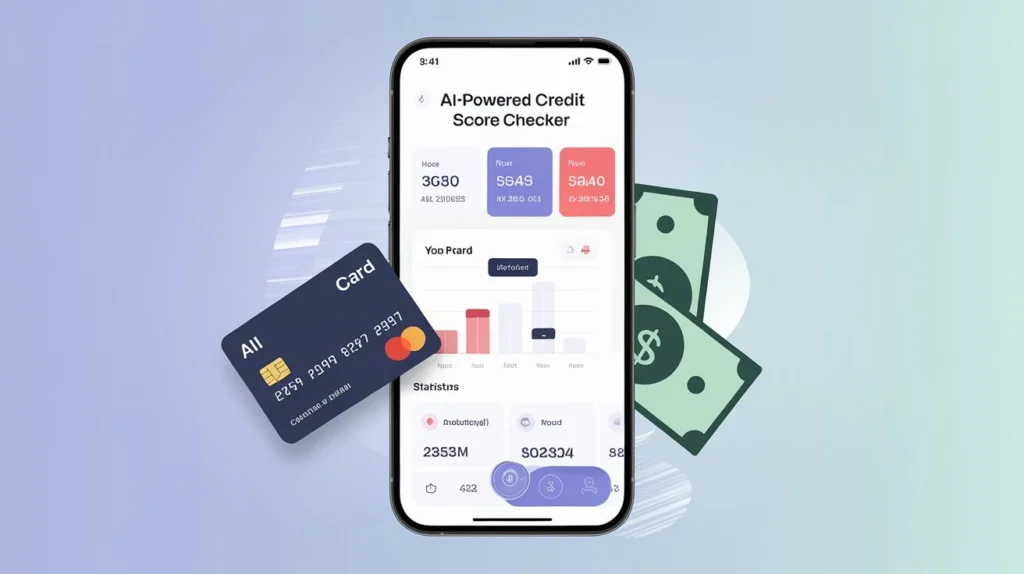
And it’s not just the small talk. AI is in the backrooms, doing the real work. Take lending. Banks used to rely on a small set of numbers to figure out if you were worth the risk—a credit score, a salary figure, maybe a few years of banking history. Now, AI sifts through mountains of data—spending habits, social media behavior, even smartphone usage—to make a decision.
It’s not just about whether or not you can pay back a loan, it’s about predicting if you’ll miss a payment three years down the line. It’s fast, thorough, and unnervingly accurate. In the old days, you had to wait days for an answer. Today, it’s near-instant.
Operational Efficiency Through AI in Banking
Then there’s the part you don’t see. The behind-the-scenes machinery of a bank is complex. Regulations are everywhere, and one slip can cost millions. AI comes in here too, tightening the ship. It sifts through data faster than any human compliance officer could, flagging issues before they become problems. And while it’s doing that, it’s cutting costs—trimming the fat off operational budgets.
The result? Banks run smoother, cheaper, and in ways that would’ve been impossible ten years ago. AI isn’t just changing banking—it’s rebuilding it, brick by brick.
AI has turned banking into a leaner, faster, more efficient beast. What used to take time and patience now happens in seconds. From the front desk to the boardroom, this technology is doing the heavy lifting. The human touch? It’s still there—but it’s become a luxury, reserved for the trickiest problems.
This is banking in the AI age. Cold, precise, and utterly transformative. You can’t ignore it—you adapt, or you disappear.
AI in Finance for Risk Management: A New Frontier
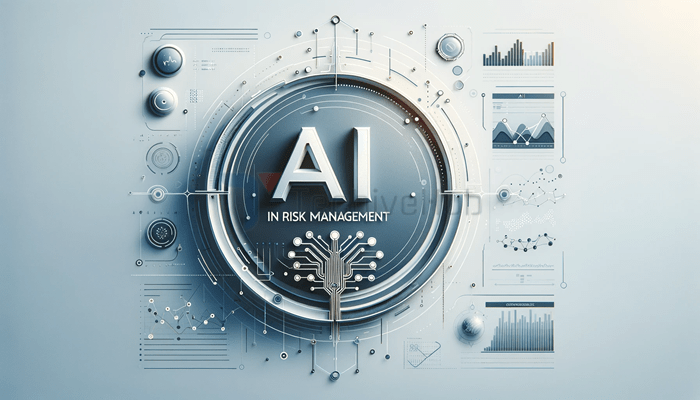
AI in Finance for Risk Management
In finance, risk is like a storm on the horizon. You know it’s out there, you know it’s coming, and the only thing between you and disaster is how well you prepare. For decades, that preparation has involved gut instincts, complex models, and reams of data. But something’s changed in the last few years—artificial intelligence has walked onto the battlefield, armed with an ability to see what we’ve missed.
Market Risk Analysis with AI in Finance
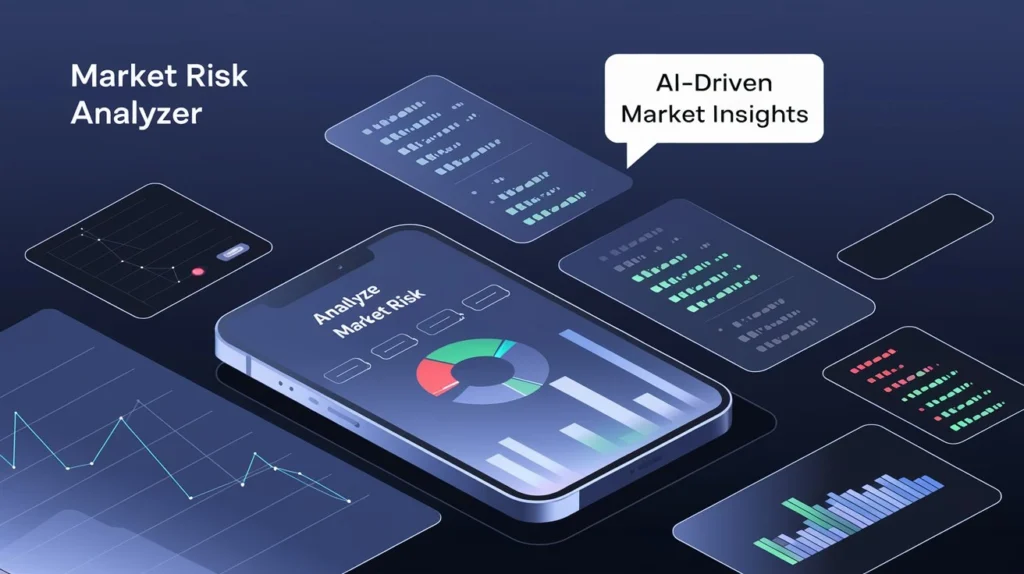
The modern financial world is a sea of numbers, shifting, volatile, and unforgiving. AI steps in, not as a replacement for human judgment, but as a tool, finely tuned to detect the subtleties we often overlook. With machine learning—AI’s beating heart—it combs through oceans of market data, pinpointing patterns and signs that could signal a storm ahead. Market risk analysis, once the realm of intuition and spreadsheets, now runs on algorithms faster and sharper than any team of analysts. AI doesn’t just watch the markets—it listens to them, finds their rhythm, predicts their swings, and tells you when to brace for impact.
Operational Risk Management: AI’s Role in Finance
Then there’s operational risk—the dangers inside the machine. Financial institutions are complex beasts, with countless gears turning behind the scenes. A single glitch or unseen flaw can shut down the entire system. AI keeps a constant watch, catching issues before they grow into major problems. It’s like having a guard dog, always ready for threats you didn’t notice.
Credit Risk Assessment in the Era of AI in Finance
But the true beauty of AI is in its ability to see credit risk from a whole new angle. Banks used to judge you by your credit score, your history, or maybe a few lines in a spreadsheet. AI goes deeper. It looks at how you spend, where you go, and what your habits say about your ability to pay back what you owe. It’s not just number-crunching; it’s profiling risk with more nuance than we’ve ever had before. It’s as though AI has figured out how to read between the lines of financial history and human behavior, offering a clearer picture of who’s really a risk and who’s just another number.
Liquidity Risk Management: The AI in Finance Approach
Then there’s liquidity risk, the silent killer. You think you’ve got enough cash to cover the bases, but one wrong move, one sudden shift in the market, and you’re dry. AI, with its cold, calculating precision, predicts cash flow with uncanny accuracy. AI now sees when the tides are about to turn, giving you time to adjust course before you hit trouble.
This isn’t about reacting anymore; it’s about predicting. AI doesn’t just handle risk, it stays ahead of it. This helps institutions not only survive but thrive in a market that’s always on the brink of chaos. We once feared the unknown, but now AI turns it into an advantage. We don’t just react to storms—we know they’re coming before the first cloud appears.
AI in Finance: A New Era in Fraud Detection
AI in finance is like a bloodhound on the scent, relentless and always sniffing for signs of fraud. It works tirelessly, analyzing mountains of transactions in real time, catching crooks before they strike. This isn’t just about plugging gaps—it’s a new kind of vigilance, an always-on sentry for the digital age.
Fraud detection used to be a constant battle, with institutions always reacting to scams after they occurred. AI changes the game. Instead of waiting for fraudsters to strike, it predicts, understands, and stays ahead. Machine learning makes sure it doesn’t forget. It recalls every trick, every scheme, and learns quickly. Patterns that might take a human analyst months to uncover? AI catches them in minutes—often before the fraud even begins.
Real-time Monitoring: AI in Finance’s Response to Fraud
Real-time monitoring isn’t just a buzzword. It’s the nervous system of this new digital fraud prevention. AI scans data across financial networks like a hawk. It catches even the smallest odd transaction. If there’s unusual activity in accounts, AI flags it right away. It’s sharp, faster than any human, and it swoops in to stop fraud before it becomes a real problem.
Predictive Fraud Analysis
Predictive analysis is another strength of AI. By feeding on past data, AI learns and gets smarter. It doesn’t just react to what’s already happened; it predicts what could happen next. Think of it like an expert gambler who knows the odds but without relying on gut feelings. AI examines data to identify patterns and risks that humans may miss.
Enhanced Customer Authentication with AI in Finance
AI is advancing rapidly in consumer authentication. More secure methods such as voice recognition, behavioral analysis and biometrics replace weak passwords and PINs. This prevents someone trying to guess a few numbers from accessing an account and ensures that only the authorized user can log in. It’s locking the door behind data that’s uniquely yours—how you type, how you talk, even how you hold your phone. It’s a personal lock that’s a lot harder to pick.
Global Fraud Patterns Recognition
And in a world where money flows across borders at the speed of light, AI’s global reach is invaluable. It doesn’t get tangled in jurisdictions or slow down at borders. Instead, it spots fraud tricks that hop from one country to the next, adjusting on the fly. It’s a system built for the reality of global finance, where schemes are as international as the institutions they target.
This isn’t the finance world we used to know, where prevention meant patching up yesterday’s holes. AI is turning the tables, leading the charge, and making fraudsters feel like they’re on the run. In this new era, fraud detection is more than simply a necessary defense; it’s a full-fledged offensive. Institutions are no longer only patching leaks. They are creating AI-powered fortifications to keep the wolves at bay. And the machines are now winning.
Financial AI Applications: Diverse and Dynamic
AI has entered finance like a wild beast, reshaping everything it touches. Think of it as a machine learning to outthink humans, not through genius, but by processing more data than any brain could handle and doing it faster. AI doesn’t sleep; it never gets tired. It analyzes the markets, detects opportunities, and executes deals before you know there’s a gun.
Algorithmic Trading: AI in Finance at Work
In trading, AI is not just fast; it’s ruthless. Algorithms analyze huge volumes of data—market trends, economic signals, and breaking news—similar to a skilled gambler keeping track of cards. But it’s not gambling when you can sift through every card in every deck across every casino, all in a blink. The result? Trading that happens at a pace no human could match, making data-driven moves in milliseconds. It’s precision. It’s efficiency. And, when done right, it’s profitable. The risk? Well, in a game this fast, you better hope your AI’s not running blind because the same speed that makes you rich can leave you broke.
Personalized Financial Planning: A Touch of AI in Finance
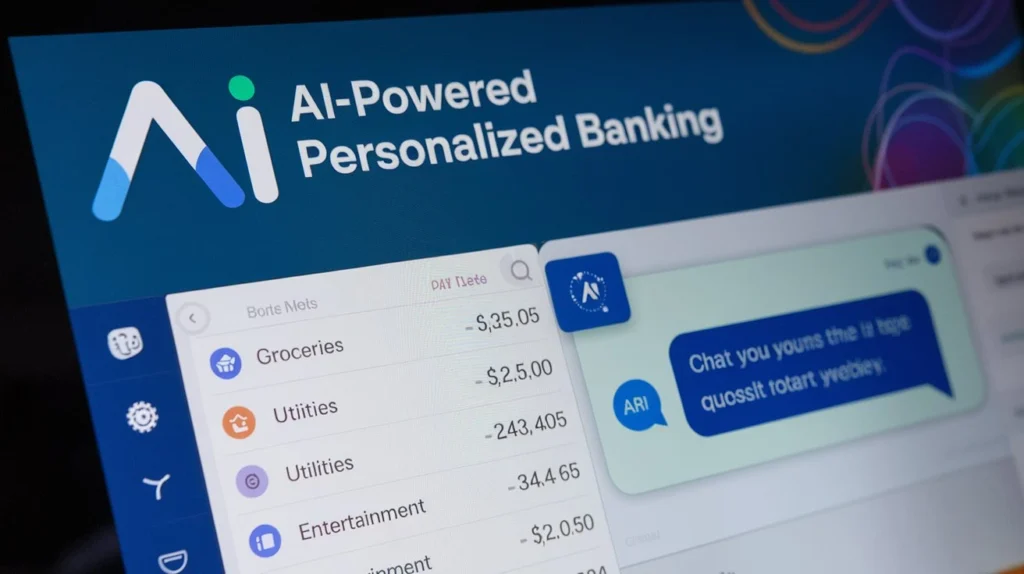
Then there’s AI that doesn’t just trade but listens—analyzing your life, your spending, your ambitions. It gives you personalized financial advice, designed not just for people like you, but for you. AI knows how much you make, how much you spend, and what you dream of. It wraps that knowledge into a plan tailored to your specific goals. Financial planning used to be based on averages and trends. AI now personalizes the experience, fitting you like a finely suited suit.
Risk Assessment: Smarter Than Before
Previously, loan officers relied on credit scores and their gut feelings. Insurance companies make bets on wide risk groupings. AI dives deeper. It looks at more than just credit history; it examines data elements that no person would consider. It forecasts risk with pinpoint accuracy, pricing loans and insurance to benefit both businesses and consumers. The goal is to reduce guesswork and increase fairness.
Streamlining Regulatory Compliance: AI in Finance’s Contribution
Then there’s AI’s subtle involvement in compliance. It continuously scans transactions and monitors communications. It’s not glamorous, but it’s important. AI guarantees that all rules in the financial system are followed, detecting problems before they occur. It’s not just about avoiding fines; it’s also about survival, as mistakes can cost millions. AI cuts the time and costs that used to make compliance so tedious.
In short, AI is the new muscle in finance. It’s making things faster, sharper, and a hell of a lot more efficient. But with all that power comes the need for control. Because while AI might be able to analyze the past, it can’t predict the future—not perfectly. And when things go wrong, they tend to go wrong fast.
It’s a brave new world, but it’s still got the same old risks. Just a lot more data.
Conclusion: The Future of AI in Finance
AI is the future of finance, but not in the way we pictured. It’s not a shiny gadget or a massive machine. It’s quieter, more subtle. It’s a shift in how we view money, risk, and value.
Banks used to revolve around people. You’d walk in, speak to a teller, and get a loan approved by a manager who knew the markets, had weathered recessions, and relied on human judgment. Now, algorithms are taking over—quicker and smarter than any person could ever be.
AI is changing customer experiences like a blade sharpens a sword. It’s swift, efficient, and relentless. Instead of waiting for approval on a mortgage or investment, decisions are made in seconds. Not by people but by code. It can predict fraud before it happens, see patterns no one else could, and build walls against risk that humans might miss. AI doesn’t sleep. It doesn’t get emotional. It just calculates, learns, and adapts.
But the real revolution is just beginning. We aren’t simply layering technology on top of old systems. AI is making us rethink what finance can be. It’s a constant flow of information, from every transaction to every stock price. Every interaction leaves a mark, a bit of data that AI feeds on like fuel. The more it feeds, the smarter it gets.
The question isn’t if AI will change finance—it already has. The real question is how far it’ll go, how much it’ll change, and if we’ll even recognize finance when it’s done. In the end, it may be AI that teaches us something about the future of money: that it’s not about wealth or numbers or even power. It’s about understanding. And AI, for all its faults, might understand us better than we understand ourselves.

